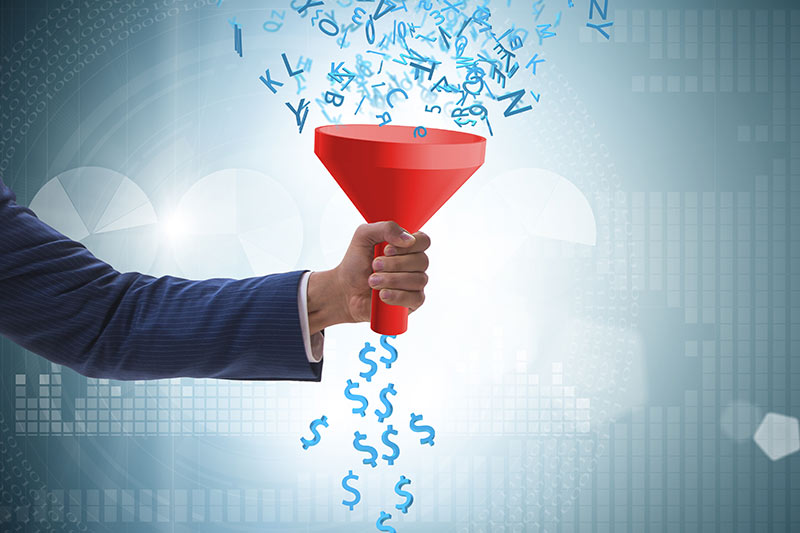In business, there are a few concepts that are essential. A funnel is one of them. Simply put, a funnel is a graphical representation of how people convert from leads to customers. It’s used in marketing and advertising to help companies understand where they need to focus their efforts in order to generate more leads and sales. Funnels can be incredibly helpful in understanding your audience and what kind of messaging will resonate with them the most. In this blog post, we will discuss some things you should know about funnels before starting your next ad campaign.
What is a Funnel in Advertising?
A funnel is a visual tool used in advertising to help convey the size, progress, or conversion rate of a lead or sales process. They can be designed to show different stages of the purchasing process.
Funnel visualization can communicate key messages about your product or service: What is being sold? How much does it cost? How many people have already bought it? Funnel analysis can also help you understand which campaigns are working best and where you might need to adjust your strategy. A B2B marketing automation agency can help with creating and managing funnels.
Types of Funnels

Source: digitalmarketinggroup.com
Funneling is a marketing technique in which a purchaser’s path from discovery to purchase is facilitated. It can be done through a website, an email sequence, or even in-person encounters. A funnel is typically divided into four stages: awareness, consideration, decision, and purchase.
- The effectiveness of a sales funnel design is dependent on its first stage – awareness. This begins with creating interest in your product or service among potential customers. You can do this by developing targeted content that speaks to the needs of your audience, driving online traffic to your website with effective search engine optimization (SEO), and cultivating relationships with influential bloggers and social media influencers.
- Once you’ve generated awareness for your product or service, you need to get your potential customers interested in it. This can be done by providing valuable information about the product or service, creating compelling visuals that show how it can benefit their lives, and establishing yourself as an authority on the topic.
- Next comes consideration – getting your potential customer to take enough time to explore what you have to offer. This might involve providing helpful videos or samples so they can see how the product works firsthand, creating tempting offers that make it difficult for them to say no or arranging for personal one-on-one meetings where they can ask any questions they have about the product.
- Decision-making is critical at this point – convincing your customer to buy into what you’re selling. This could involve using persuasive language and making it easy for them to buy through a simple purchase process, providing valuable coupons or discounts that make your product more affordable, or even giving away samples of the product for free in order to get people hooked.
- Finally, purchase – getting the actual product or service into your customer’s hands. This could involve fulfilling their order using reliable shipping and delivery services, providing customer support afterward to answer any questions they might have, or even offering refunds in case they’re not satisfied with their purchase.

Source: marxcommunications.com
Conclusion
Funneling is an important part of effective advertising. It helps to direct people toward the specific sales pitch you are trying to make. In this article, we have outlined some things to know about funnels in order to help you design your own marketing campaigns with greater impact and success.



